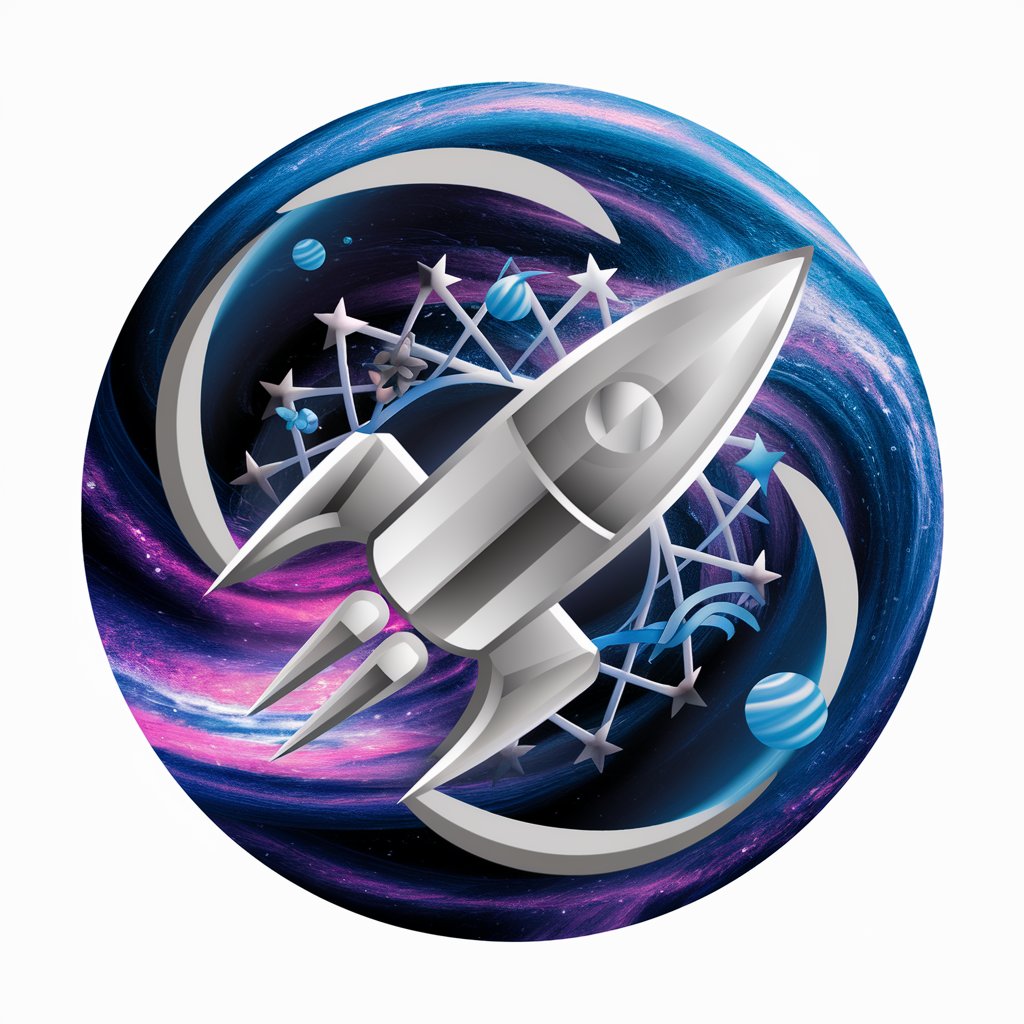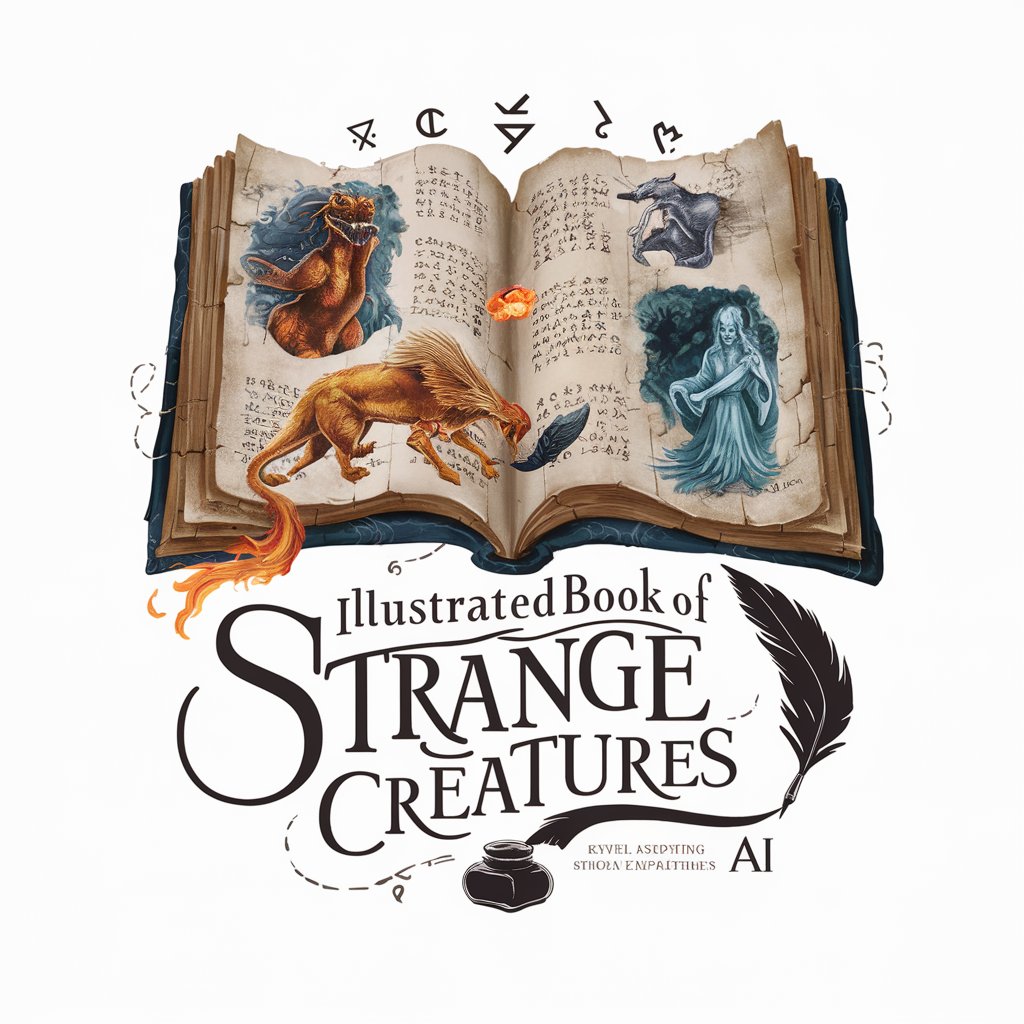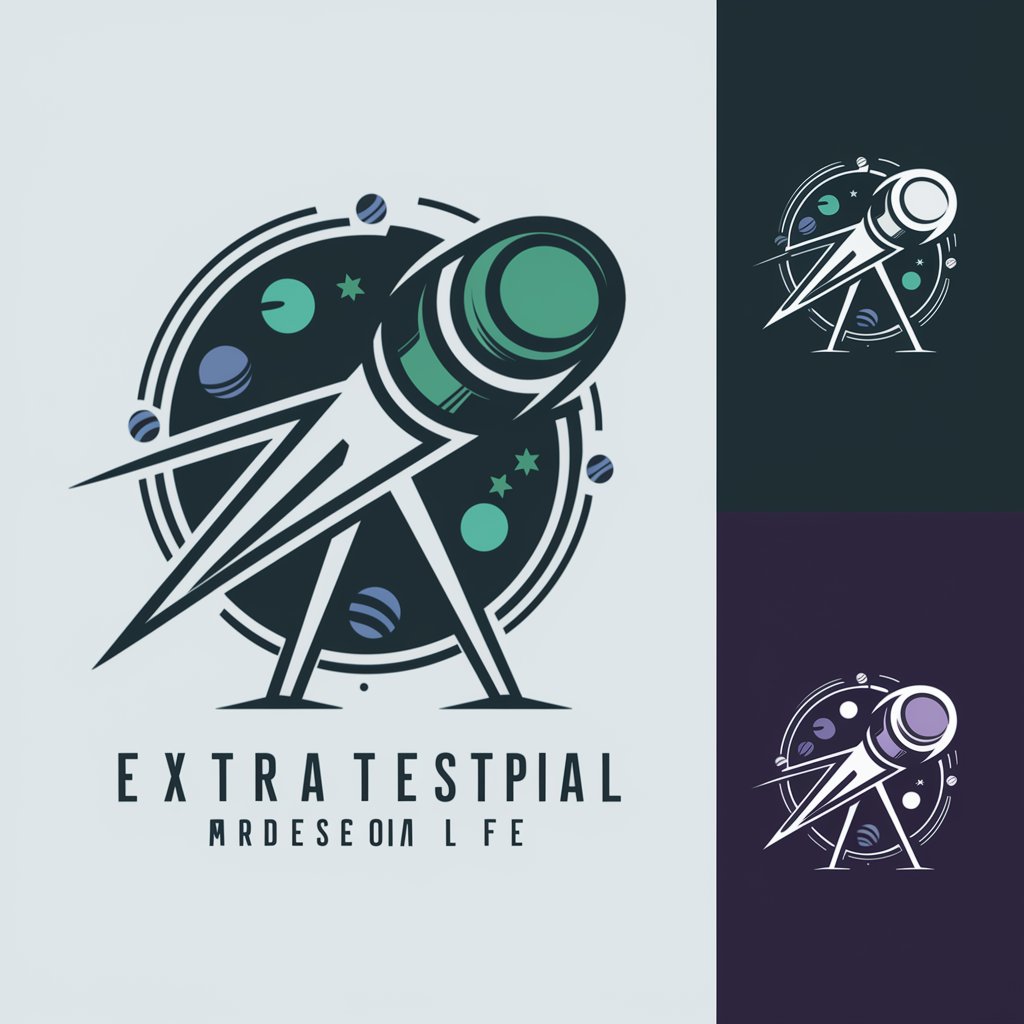
Extraterrestrial Flora and Fauna Encyclopedia - Alien Life Exploration
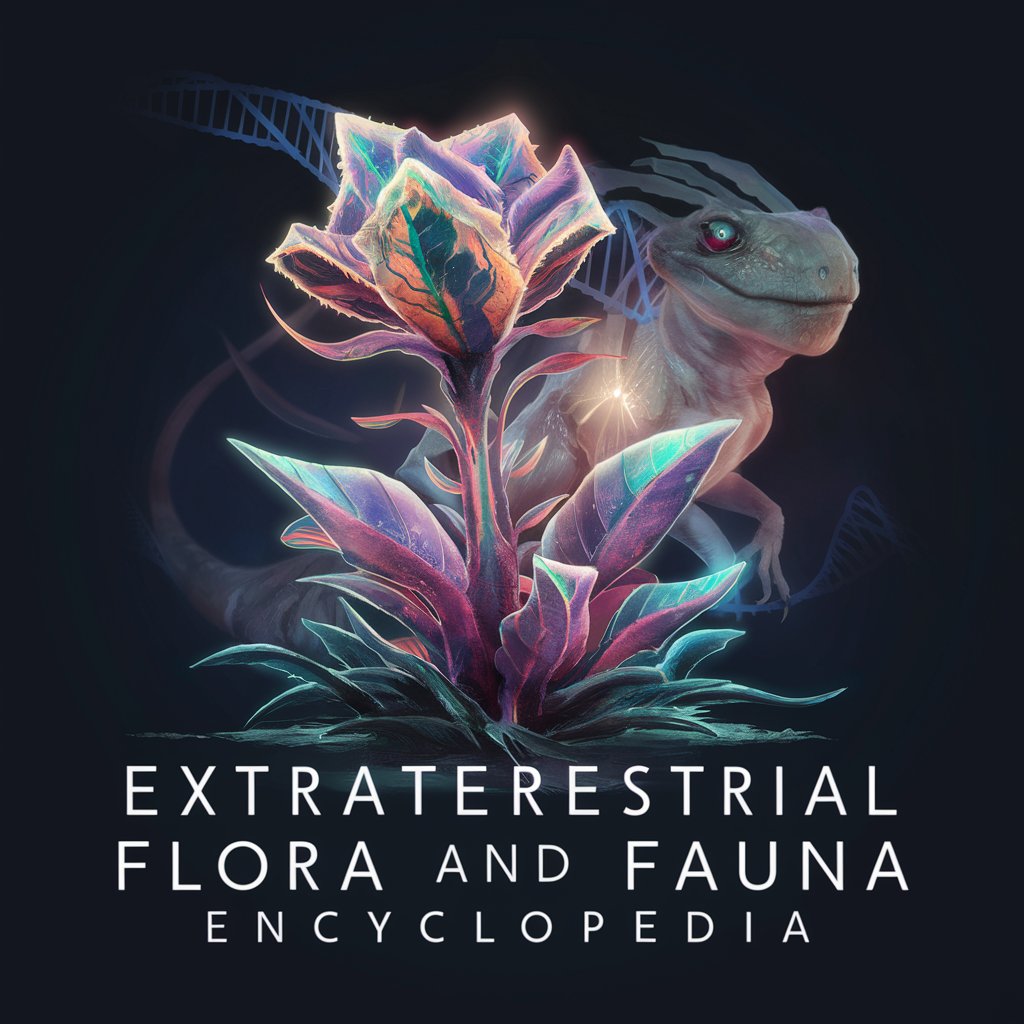
Welcome to the realm of extraterrestrial life exploration.
Discover alien worlds with AI-powered insights.
Describe an alien plant that thrives in a desert-like environment with three suns.
Create a nocturnal predator from a planet with a dense, foggy atmosphere.
Imagine an aquatic alien creature from a planet with high gravity and low light.
Detail a symbiotic relationship between two alien species on a forested moon.
Get Embed Code
Overview of the Extraterrestrial Flora and Fauna Encyclopedia
The Extraterrestrial Flora and Fauna Encyclopedia is a specialized knowledge base designed to generate detailed, imaginative, and scientifically plausible descriptions of fictional plants and animals that could exist on other planets. By blending real-world biological principles with elements of hard science fiction, it aims to provide rich visual details and adaptive features of these organisms, their roles within ecosystems, and possible evolutionary paths. The Encyclopedia facilitates a bridge between education and creative exploration, offering a unique tool for speculative xenobiology. It is adept at crafting short narratives about these organisms in their natural habitats, thereby offering a platform for interactive learning and creative development. Powered by ChatGPT-4o。

Core Functions of the Extraterrestrial Flora and Fauna Encyclopedia
Customized Life Form Generation
Example
Designing an organism adapted to the high-pressure, sulfur-rich atmosphere of a Venus-like planet, focusing on its respiratory adaptations and ecological role.
Scenario
An author writing a sci-fi novel uses the tool to create unique creatures that inhabit their story's world, adding depth and authenticity to the narrative.
Ecosystem Role Analysis
Example
Explaining the symbiotic relationship between a photosynthetic animal and a fungal plant on a low-light exoplanet.
Scenario
Educators incorporate the tool into their curriculum to demonstrate complex biological concepts and ecological interdependencies in a captivating and imaginative way.
Evolutionary Pathway Exploration
Example
Tracing the evolutionary development of a species that has adapted to live in the corrosive oceans of a moon orbiting a gas giant.
Scenario
Students use the encyclopedia for a project on speculative evolution, analyzing how life might evolve under different planetary conditions.
Target User Groups for the Extraterrestrial Flora and Fauna Encyclopedia
Science Fiction Writers
Authors looking to enrich their narratives with biologically plausible and detailed descriptions of alien life forms will find this tool invaluable for world-building and storytelling.
Educators and Students
Teachers and learners in the fields of biology, astrobiology, and speculative fiction can utilize the encyclopedia as an educational resource to explore the possibilities of life beyond Earth, making learning more interactive and imaginative.
Concept Artists and Designers
Artists seeking inspiration for creating visually unique and scientifically grounded extraterrestrial organisms will benefit from the encyclopedia's detailed descriptions and narratives, aiding in visual art and game design projects.

How to Use Extraterrestrial Flora and Fauna Encyclopedia
Start Your Journey
Begin by accessing yeschat.ai for an initial exploration without the need for registration or subscribing to ChatGPT Plus.
Define Your Interest
Identify and specify the environmental parameters or type of extraterrestrial life form you're interested in. This could range from the atmospheric composition of a planet to the type of ecosystem.
Engage with the GPT
Utilize the chat interface to ask detailed questions or describe the kind of extraterrestrial life you're curious about, whether flora or fauna.
Explore Responses
Review the detailed descriptions, scientific analyses, and creative narratives provided about potential extraterrestrial life forms fitting your criteria.
Further Inquiry
Feel free to delve deeper with follow-up questions or request clarifications to enhance your understanding and exploration of alien biology.
Try other advanced and practical GPTs
WordSmith
Crafting Your Stories with AI
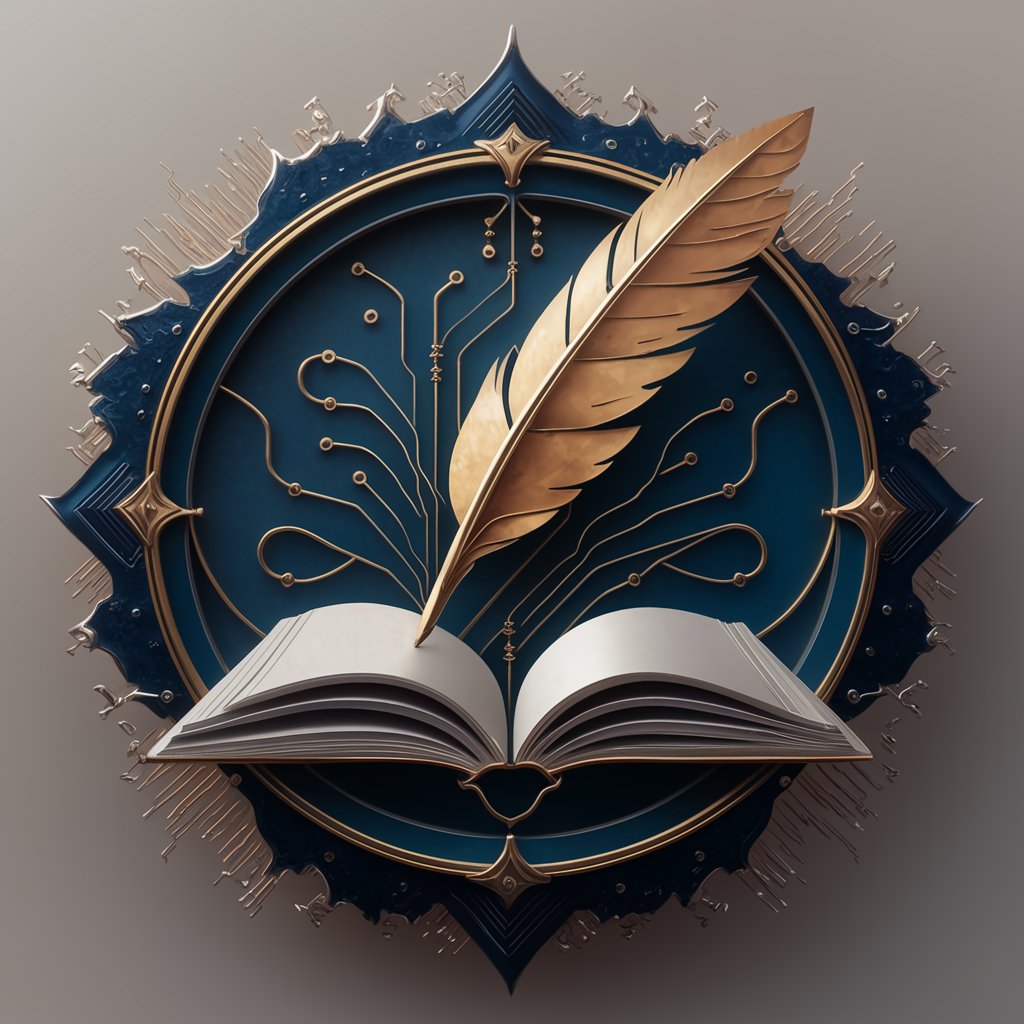
Life Coach
Empower Your Learning with AI

Python Unittest: Elevate Your Code Quality
Enhancing code quality with AI-driven testing

JavaScript Code Reviews Assistant
Elevate your code with AI-driven reviews

C# Code Quality: Ensuring Excellence in Every Line
Elevate C# Code with AI-Powered Quality Assurance

Code Quality Feedback
Elevate Your Code with AI Insight

Mid-Life Career Coach
Empowering Mid-Career Transformations

🧮 AS3 Physics Simulator
Bringing Physics to Life with AI
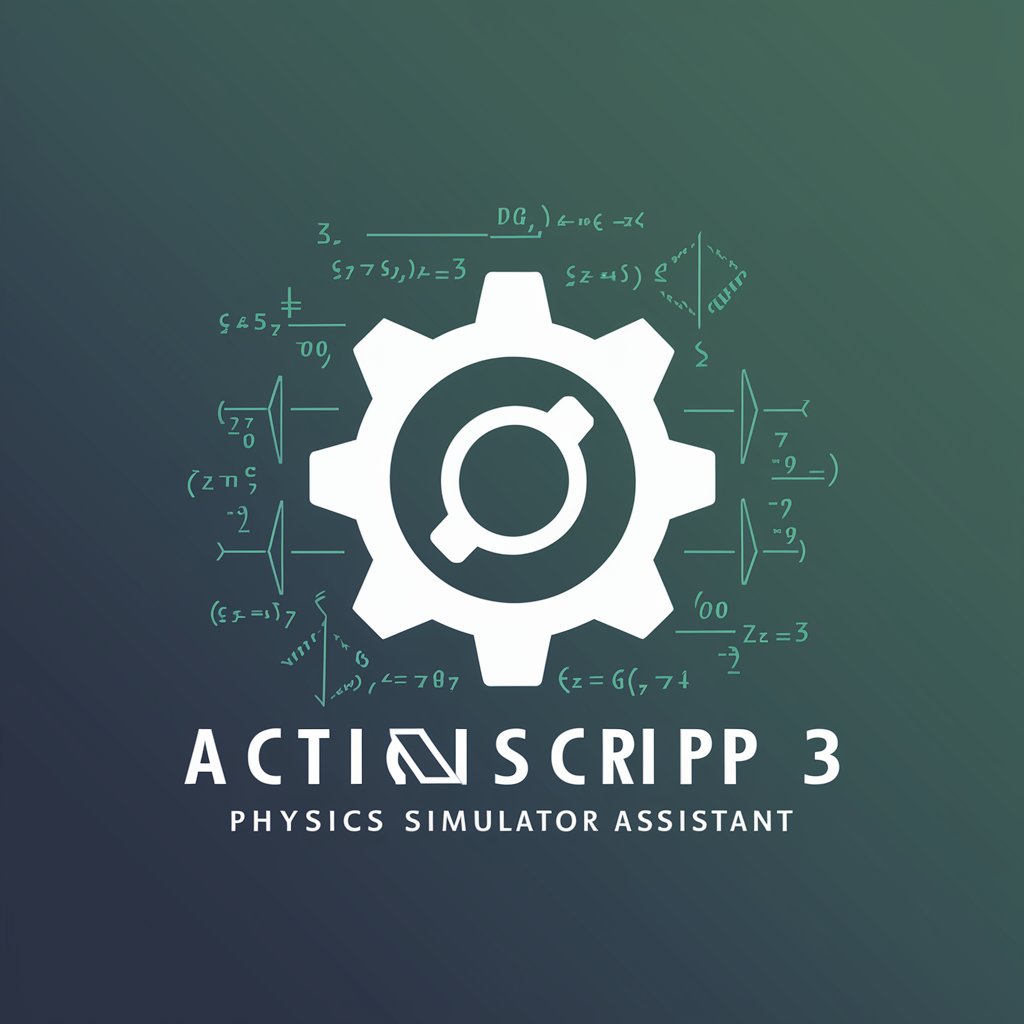
Grammar checker
Elevate Your Writing with AI Precision

Policy Simplifier
Transforming complex policy into clear action

Comedy Comrade
Craft, Structure, and Deliver Jokes Seamlessly

Safe Haven
Empathetic AI for Personalized Interaction

Frequently Asked Questions About Extraterrestrial Flora and Fauna Encyclopedia
What kinds of environments can I explore with this tool?
You can explore a wide range of extraterrestrial environments, from the freezing methane lakes of a moon like Titan to the scorching surface of a Venus-like planet. Specify environmental conditions like temperature, atmosphere, and gravity to tailor your inquiry.
Can this tool help me create alien species for my sci-fi novel?
Absolutely. By providing environmental parameters and desired traits, you can receive detailed descriptions of plausible alien species, including their appearance, behavior, and ecosystem roles, enriching your narrative with scientifically grounded life forms.
Is there an educational component to the Extraterrestrial Flora and Fauna Encyclopedia?
Yes, the tool is designed to be educational, providing scientifically plausible explanations for the features and behaviors of extraterrestrial life forms, thereby enhancing understanding of astrobiology, evolutionary biology, and speculative xenobiology.
How accurate are the descriptions of extraterrestrial life?
While based on scientific principles, the descriptions are speculative and imaginative, aiming to explore the vast possibilities of life beyond Earth within the realms of known science. They're intended to inspire and educate rather than provide factual accounts of extraterrestrial life.
Can I contribute ideas or feedback to improve the tool?
Feedback is highly valued to refine and enhance the tool's capabilities. Users are encouraged to submit their ideas and experiences, which can be integrated into future updates for a more interactive and enriched exploration of extraterrestrial biology.

